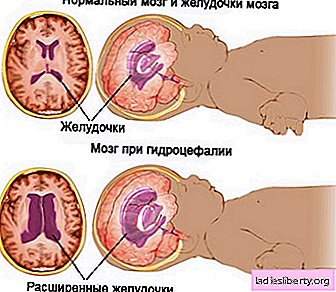
A Korean study showed that the canine flu virus mutates and causes disease, not only in dogs, but also in humans. According to a statement by Korean researchers, pathogens can be transmitted by contact from animals to humans.
New strain of flu
In 2018, the mBio magazine published a U.S. study examining the possibility of transmitting canine flu to humans. New studies from South Korea report that a new strain of the flu is transmitted to people from pets.
In the 2000s, bird flu H3N2 was reported to be transmitted to dogs and developed into canine flu virus (CIV). A study by DaesubSong University of Korea in Seoul showed that H3N2-CIV could form a new strain with the swine flu virus. The viral disease is spread among dogs, but can also be transmitted to humans.
Perhaps a very rapid spread among the population
The emergence of new strains of influenza is a concern. According to a statement from the Society of Microbiology, infected patients have not previously been in contact with this type of virus. This means that they are not immune from the disease and are prone to complications.
If the virus can be transmitted from animals to humans, it can spread very quickly in a population. South Korean scientists wanted to know how great the potential of the new viral strain.
To find out, they also did research with ferrets. The receptors on the surface of influenza viruses are very similar in these animals and humans, which is why ferrets are considered a reliable experimental model for assessing risk.
Typical symptoms of the disease
Researchers found in experiments that dogs and ferrets infected with the new CIVmv strain had typical symptoms of the disease. Animals suffered from constipation, shortness of breath, coughing, lacrimation, sneezing, lethargy and loss of appetite.
It was revealed that the new pathogen spreads faster between ferrets than other influenza viruses. According to scientists, the risk of people becoming infected with a new strain of the pathogen is much higher than the bird or dog flu virus.
Enhanced Pet Watching
Scientists have called for increased surveillance of dogs and other domestic animals, as they are a potential source of new viruses. Until now, dog flu studies have been ignored as sources of new diseases.
However, not only dogs are considered carriers of the disease. In a ten-year study, scientists found that cats are also susceptible to the virus.
Dr. Songizu studied the outbreak of CIV in a shelter where 100% of the cats were infected, of which 40% died. The development of susceptibility in cats is disturbing, as it shows that CIV can spread among different species.
Because people often come in contact with dogs and cats, the potential health risk is huge. Four-legged animals may have new strains that infect humans. One day they will acquire the ability to be transmitted from person to person.
Existing canine influenza viruses can mingle with human influenza viruses and form new strains. New viruses can, in turn, lead to unique pandemics.
Vaccine development and prevention
German experts, however, are less concerned about the current problem. Influenza expert Janet Daily from the University of Nottingham said the likelihood of transmitting the canine virus to humans is extremely small. However, it does exist, so it is recommended that future vaccines or preventive methods not be neglected.
Isolation of a sick animal from young children and other family members is an important measure to prevent the spread of a dangerous disease. Common signs of flu in dogs are a cough that lasts 10 to 30 days, a greenish discharge from the nose, and high body temperature.
An infected dog can be contacted by wearing gloves and a face mask. At the first symptoms of influenza, you should consult your doctor. Since there is no vaccine, effective prevention methods do not exist.











